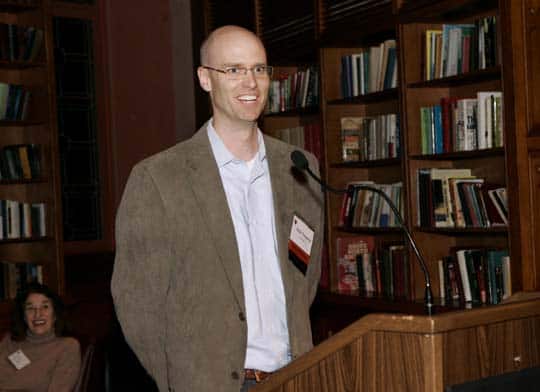If we are to start controlling global warming, we have to figure out ways to deal with the major CO2 problem we are facing at the moment. But some entrepreneurial minds are starting to think of CO2 as a resource, instead of a threat. A few start-up companies are using CO2 as a raw material for making products including superglue and fertilizer.
Liquid Light of Monmouth Junction, New Jersey, showed off its prototype CO2 converter at the ARPA-E Energy Innovation Summit in Washington DC last week. Their invention is a about as big as a coffee table, and the module is basically a layer cake of steel and plastic. But while it may not look very impressive, it features catalysts which can produce over 60 carbon based chemicals based only on CO2 and electricity. If you would link several such devices together, a chemical plant could convert CO2 into hundreds of thousands of tonnes of products in a year, inventors say.

They claim that this is the kind of device which is not only economically viable, but also very environmental friendly – helping chemical companies move towards sustainable development.
“Almost all of their expenses are based on buying oil or natural gas or biomass,” says Liquid Light’s CEO Kyle Teamey. So releasing it into the air is perverse. “It’s not just pollution, it’s actually losing the value of the stuff they bought in the first place.”
Liquid Light’s first product will be ethylene glycol – a relatively common material, typically used for making polyester fibre, plastic bottles and antifreeze. Teamey estimates the process would trap 31 million tonnes of CO2 per year if the firm took over all global production – which of course, won’t happen anytime soon in the near future. Currently, the world emits approximately 31.000 million tones per year, so we’re talking about 0.1% of the world’s production – still a considerable amount and a laudable, but certainly not a game changer. Also, when you consider that you also have to input electricity, the environmental advantage goes down even more. I’m not saying it is viable or doable, just that it’s not as good as some make it seem.
“The CO2 becomes the feedstock,” says Laura Nereng, 3M’s sustainability leader. “There are several materials we could make, but for us the most important area of interest is acrylic acid. It’s used to make adhesives, and 3M [the company which makes post-its] makes a lot of adhesive. Therefore it’s an important raw material to our company and we’re always looking for lower cost routes to our most important raw materials.”
Using CO2 as a feedstock should help lower 3M’s carbon footprint, especially if the company can capture and use its own.
“The idea of us using our own CO2 emissions to make something that we need is very appealing, but I don’t know whether the scale will work out,” Nereng says. “Even if it mitigates CO2 at our supplier, that’s also a net win.”
Was this helpful?



